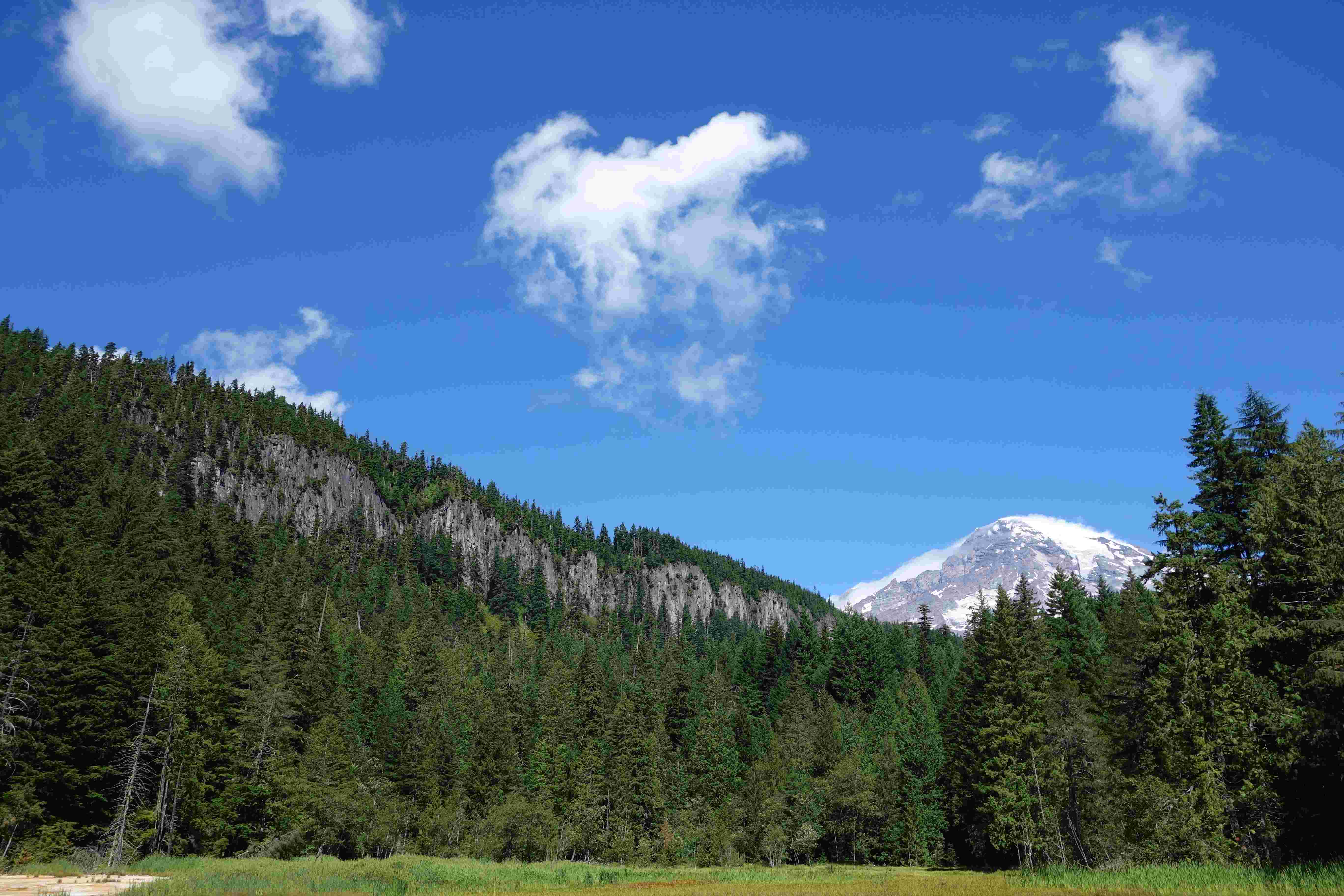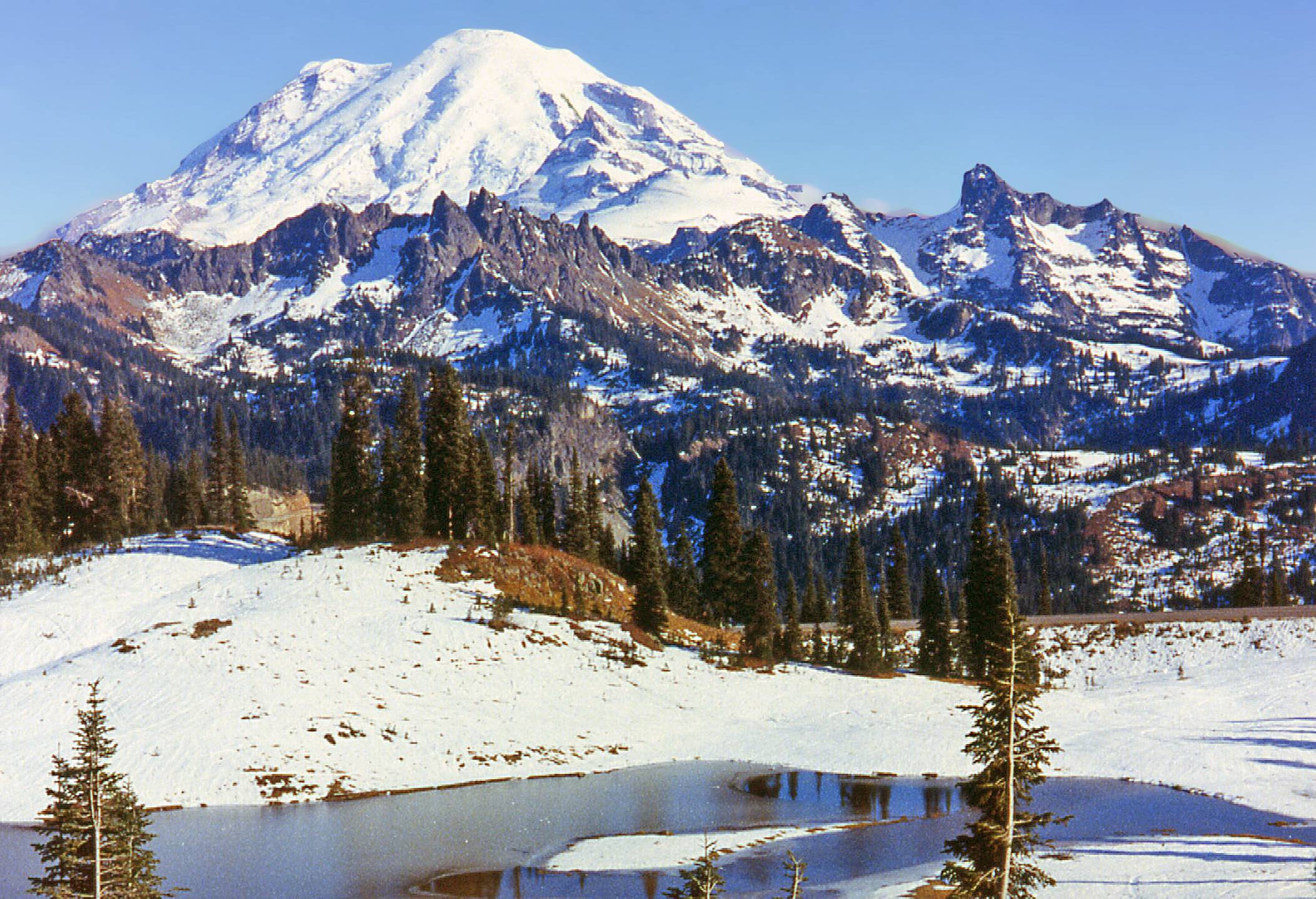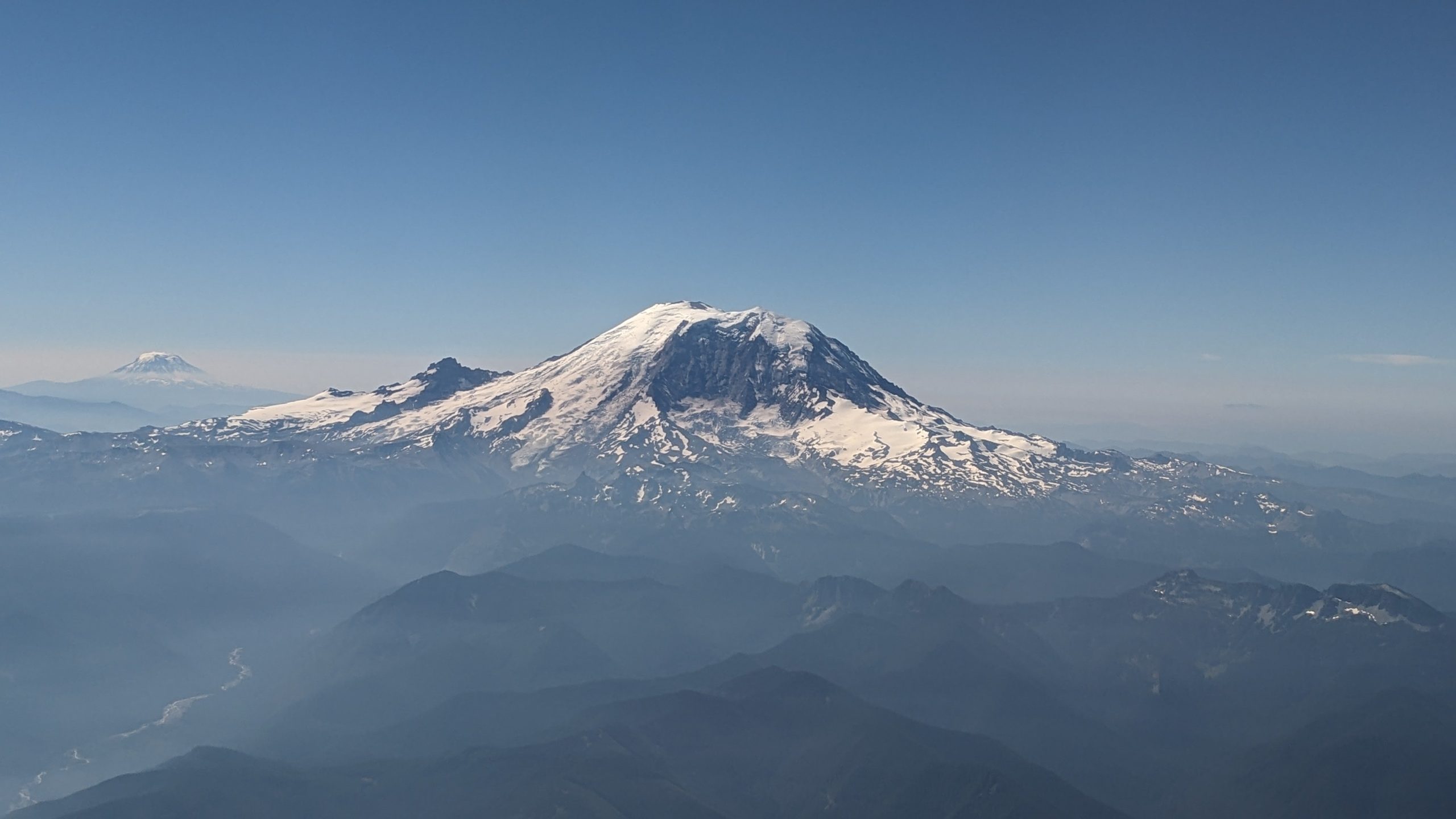Mount Rainier, an active stratovolcano in Washington state, is the most prominent peak in the Cascade Range and a symbol of the Pacific Northwest. Standing at 14,411 feet (4,392 meters), it’s the highest mountain in the state and the Cascade Range. This guide explores Mount Rainier’s significance in the US landscape, its geological features, and visitor information for those planning to experience this natural wonder.
What Makes Mount Rainier Unique in the US Landscape?

Mount Rainier is not just another mountain in the United States; it’s a geological marvel and a cultural icon. Here’s what sets it apart:
- Glacial System: Mount Rainier hosts the largest glacial system in the contiguous United States, with 25 named glaciers covering 35 square miles.
- Biodiversity: The mountain’s varied ecosystems support diverse flora and fauna, from subalpine wildflower meadows to old-growth forests.
- Volcanic Activity: As an active volcano, Mount Rainier is closely monitored for potential eruptions, adding an element of geological intrigue.
- Cultural Significance: The mountain holds great importance for Native American tribes and is a symbol of the Pacific Northwest.
How Does Mount Rainier’s Geology Shape Its Landscape?

Mount Rainier’s geological composition and history have created a unique landscape:
- Volcanic Formation: Formed through layers of lava flows, ash, and debris over millions of years.
- Glacial Sculpting: The mountain’s distinctive shape is the result of glacial erosion, creating deep valleys and sharp ridges.
- Rock Types: Primarily composed of andesite and other volcanic rocks, with some older basement rocks exposed at lower elevations.
What Are the Best Times to Visit Mount Rainier?
Choosing the right time to visit Mount Rainier depends on your interests and the activities you plan to enjoy:
| Season | Pros | Cons |
|---|---|---|
| Summer (July-August) | – Peak wildflower blooms – Most trails accessible – Warmest temperatures |
– Crowded – Limited accommodation availability |
| Fall (September-October) | – Fall colors – Less crowded – Clear skies for viewing |
– Some facilities begin to close – Cooler temperatures |
| Winter (November-March) | – Snow activities – Stunning winter landscapes |
– Limited access to many areas – Challenging driving conditions |
| Spring (April-June) | – Waterfalls at peak flow – Emerging wildflowers |
– Many trails still snow-covered – Unpredictable weather |
What Activities Can Visitors Enjoy at Mount Rainier?
Mount Rainier offers a wide range of activities for visitors of all interests and abilities:
- Hiking: Over 260 miles of maintained trails, from easy nature walks to challenging backcountry routes.
- Climbing: Technical climbs to the summit for experienced mountaineers.
- Wildlife Viewing: Opportunities to see diverse wildlife, including black bears, mountain goats, and marmots.
- Photography: Stunning landscapes and natural features provide endless photo opportunities.
- Winter Sports: Snowshoeing, cross-country skiing, and sledding in designated areas.
How Can Visitors Prepare for a Trip to Mount Rainier?
Proper preparation is key to a safe and enjoyable visit to Mount Rainier:
- Check Current Conditions: Always check the park’s official website for up-to-date information on weather, road conditions, and trail status.
- Pack Appropriately: Bring layers of clothing, sturdy footwear, and essential supplies like water and snacks.
- Obtain Necessary Permits: Secure any required permits for activities like backcountry camping or climbing.
- Follow Park Regulations: Adhere to all park rules to protect the environment and ensure visitor safety.
What Accommodation Options Are Available Near Mount Rainier?
Visitors have several options for staying in or near Mount Rainier National Park:
- In-Park Lodges:
- Paradise Inn (open seasonally)
-
National Park Inn at Longmire (open year-round)
-
Campgrounds:
- Cougar Rock
- Ohanapecosh
-
White River
-
Nearby Towns:
- Ashford
- Packwood
- Enumclaw
Each option offers different amenities and proximity to park attractions, catering to various preferences and budgets.
How Does Mount Rainier Impact Local Ecosystems and Communities?
Mount Rainier plays a crucial role in both natural ecosystems and human communities:
- Water Source: The mountain’s glaciers and snowfields provide water for surrounding rivers and communities.
- Climate Influence: Its massive presence affects local weather patterns and microclimates.
- Economic Impact: Tourism to the park significantly contributes to local economies.
- Scientific Research: The mountain serves as a living laboratory for studying geology, ecology, and climate change.
Mount Rainier stands as a testament to the natural beauty and geological wonders of the United States. Whether you’re an avid hiker, a nature photographer, or simply someone who appreciates the majesty of the great outdoors, Mount Rainier offers an unforgettable experience. By understanding its unique features, preparing adequately, and respecting its natural environment, visitors can fully appreciate the grandeur of this iconic American landmark.
References:
1. National Park Service – Mount Rainier
2. Washington Trails Association – Mount Rainier Area
3. USGS – Mount Rainier Geology

